‘I will raise my head’
By Guest Blogger, Caryn Peretz
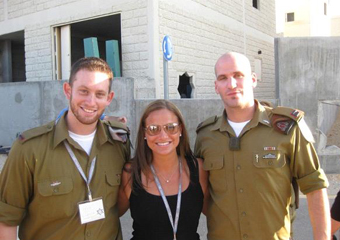
Caryn with Abe (left) a soldier who made aliyah from Chicago
In order to best express why I do what I do as the Director of JUF’s Young Leadership Division (YLD), I want to share the experience I had this summer on the National Campaign Chair and Directors Mission to Israel, a mission comprised of 100 professionals and volunteers from across the country.
I’ve been to Israel over 15 times and was never exposed to the issues in society that I got to learn about on this trip. I consider myself to be someone who tries to keep up with Israel – politics, current events, culture, music – but this was really seeing the heart of a diverse society and a population addressing the needs of its people. I felt the Zionist spirit of the country that we learn about from Israel’s early years that I wasn’t sure still existed.
We are only a few generations away from the founding of the state of Israel, and I had the opportunity to see how crucial our assistance is through the JUF Annual Campaign, as society in Israel is changing so rapidly.
The first day we met with representatives of the Ethiopian National Project who were my age and immigrated to Israel on foot through the Sudan desert. They were smart, beautiful, happy, successful women who told us their personal stories. I always thought that the Ethiopian population came to Israel because they were miserable and wanted a better life, but I learned this summer that this was not the case. They were happy in Ethiopia, they came to Israel because they grew up yearning for “Yeru-salam” (Jerusalem), but it was only a dream for them. They didn’t even know that Israel as a modern nation existed. Only when they heard rumors, and the Jewish community abroad stepped up to help, did they get to fulfill their dream, and now there are over 100,000 Ethiopian Jews in Israel.
One of the women, Liat, said she remembers that world Jewry played a huge role in their journey, and it was something they all acknowledged. She said it was as if her mother was holding one hand, and we were holding the other.
The Ethiopian National Project was developed as a partnership of all the Federations, JDC, JAFI, the government of Israel and others to ensure that we finish our job and continue to support the Ethiopian community and complete our promise to help them settle and be successful in Israeli society.
Liat and her family walked in the desert, they paid their price, now it’s our turn to help. We can’t stop holding their hands now. One of my favorite quotes is by William Safire regarding Operation Moses. He wrote “for the first time in history, thousands of black people are being brought to a country, not in chains, but in dignity, not as slaves, but as citizens”. Israel did this despite pressure not to, and integrating them is not Israel’s job alone.
I see the Ethiopian National Project as a true microchosm of Israeli society – it’s building the country, it’s a work in progress, and it wouldn’t happen without the support of JUF.
Throughout the mission, I felt like I was watching history unfold and Israel develop. I felt further enthralled with the country and inspired by the spirit of Israelis.
One of the most powerful experiences for me was visiting the largest army base in Israel where we got a tour of a mock Palestinian village they built for training purposes. One of the soldiers we met was Abe, a 23-year-old from Chicago who made aliyah four years ago. There, we heard a presentation from a commander who lost one of his men during an operation during the second Lebanon war. Three years ago there was a Youtube clip that circulated among my friends during the Lebanon war. With over 100,000 views, the Israeli who posted wrote she wanted to: “transfer to all of you outside Israel all the pain and sadness that going on in this time of war… And for all our heroes, rest in peace.” A sad Israeli song called “I will raise my head” plays in the background as we see clips from a military funeral. The commander we heard from that night played this clip for us, as he shared his stories of the soldier he lost, the soldier who is being buried in this very video. I’ve watched that video so many times and it’s always been heartbreaking. But there was nothing like watching it with the soldiers that lost their friend, lived that operation and recall that clip in their memory. And then, in true Israeli resilient fashion, the soldiers in the dining hall welcomed the IDF entertainment unit and sang and danced with us for the remainder of the night.
As this mission was supposed to do, it made me very proud of what I do for a living and what I’m raising money for.
A sense of community
By Guest Blogger, Ariel Zipkin
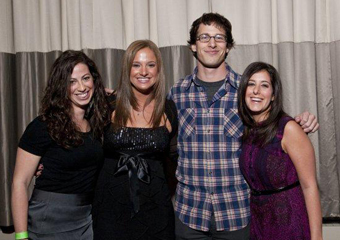
Ariel (left) at this year’s YLD Big Event featuring Andy Samberg
I decided to work in the Young Leadership Division at JUF (YLD) because it is the perfect venue for me to express my Jewish Identity and be involved with the things I care about most – philanthropy, community building and Judaism. I am continually impressed with the Jewish community here and am extremely appreciative of the warm welcome I have received as a Cincinnati native. From trying to find me a place to live, to making sure I have plans for the holiday, everyone here has reached out in a touching way. It is that sense of community and outreach that I love about the Jewish community.
Jewish life and tradition has been significant throughout my life. This quote sums up how I feel, some of you may know the saying:
אם אין אני לי, מי לי? וכשאני לעצמי, מה אני? ואם לא עכשיו, אימתי?
I first heard this quote at the end of the year I spent in Israel. I was in a shop in the Old City and I wanted a Hebrew quote engraved on a bracelet from Hadaya. This sentence immediately caught my eye.
The first part literally means: “If I am not for myself, then who will be for me?” The year I lived in Israel there were many suicide bombings very close to my home. Most of my friends and family thought I was crazy to live in Israel during that time, but I was never scared. I realized how important it was to support the country during such a vulnerable time—it was my responsibility to stand by Israel and show the world that I could not be intimidated by threats or turn my back on the Jewish people’s homeland. I wanted to learn everything about the conflict, so that I could effectively stand up for myself and advocate on behalf of the Jewish people. Over the past year, Chicago has been hit hard by anti-Semitism and JUF has been there to respond. It is so important that we make ourselves heard and stand up for what we believe in.
The second part of the quote states: “and if I am only for myself, then what am I?” This idea of brotherhood and responsibility for one another is central to Judaism and seems to be the core of what JUF stands for. Over the past year, I have been continually impressed with the breadth and scope of services JUF supports locally and abroad. I have volunteered at the Uptown Café, where homeless people of all races and religions are served with dignity and respect; I have heard how JDC has active programs in 66 countries around the world; I have visited Mount Sinai Hospital where JUF dollars help save premature babies lives; and the stories go on and on. We, as Jews, are responsible for taking care of one another and for tikkun olam, repairing the world.
The quote ends with: “and if not now, when,” which is a simple call to action. Sometimes as individuals it is difficult to realize how great we are, and how much greater we can become. So we procrastinate. Working in YLD forces me to act and never be complacent. I am extremely proud to work for JUF and to be and advocate for the Jewish people on a daily basis.
Wanna give back? Click here to donate to JUF.
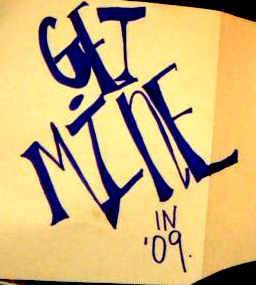


.jpg)
.jpg)
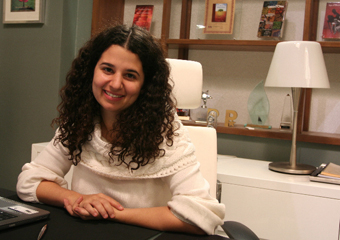



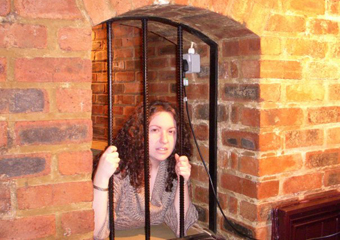
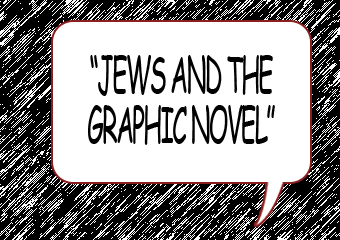
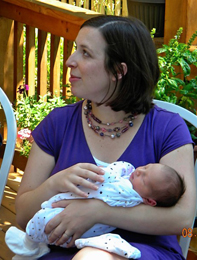
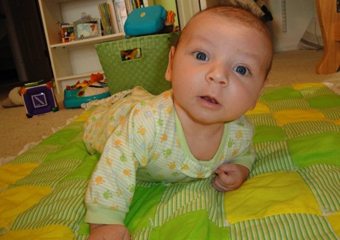
.jpg)


.jpg)



